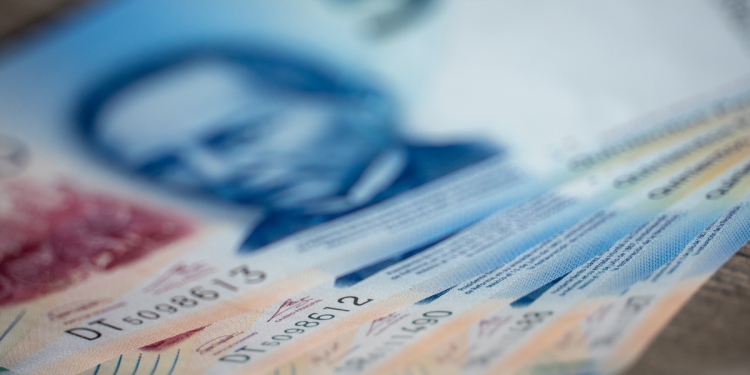UDI is an acronym for Unidad de Inversión, or Investment Unit. UDIs were first introduced in 1995, at the height of the so-called Tequila Crisis.
Events that led to the creation of the UDI
Unlike the global financial crisis of 2008-2009, or even the Covid crisis of 2020, the Tequila crisis was a home-grown Mexican economic blowout. In 1994, a year of political unrest which included the armed Zapatista uprising in southern Mexico and the assassination in Tijuana of the ruling party’s presidential candidate, foreign investors fled the country with their capital. By the end of the year, central bank reserves were depleted, and the government was unable to pay its debts. The peso was allowed to float against the dollar, bringing about a sharp devaluation.
Commercial banks failed one after another as rising inflation and soaring interest rates left people unable to pay off credit cards, mortgages, car loans, and corporate loans. Thousands of people had their homes or cars repossessed.
UDI: a unit of value protected against inflation
In April of 1995, the Mexican financial authorities came up with a plan that would allow people to meet onerous bank requirements in order to obtain home loans, or to refinance existing mortgage loans.
The UDI was introduced. With an initial value of one UDI to one peso, the investment unit was linked to inflation, and its peso value would rise each day depending on the rise in consumer prices.
The Bank of Mexico publishes the present value of UDI on its website. Daily values for the following two weeks are published on the 10th and 25th day of each month.
How UDIs operate in practice
Aside from mortgage loans, UDIs are used for investments that are protected against inflation, and some official measures still reference UDIs; for example, if you qualify for tax allowances when you sell your home in Mexico, the allowances for any capital gain on the residential property you sell are expressed in UDIs.
Interest charged on government bonds takes into account expectations for inflation over the life of the bond, with the idea that by the time the lender recovers the initial amount borrowed —say five, 10, 20 or even 30 years later— the loss of the peso’s value to inflation has already been factored in through the periodic interest payments.
The interest paid on UDI bonos —that is, government bonds denominated in UDIs— excludes inflation because the UDI’s value in pesos increases constantly. Therefore, UDI bonos carry a lower rate of interest. The government has issued UDI bonos for periods of three, five, seven, 10, 20 and 30 years.
Learn more about money and currency in Mexico
Read our latest articles and guides related to money and finances
- Guide to Money & Banking Services in Mexico
- Latest articles about money and finances in Mexico
- Discover Mexico’s banknotes
- Guide to the Cost of Living in Mexico
Mexico in your inbox
Our free newsletter about Mexico brings you a monthly round-up of recently published stories and opportunities, as well as gems from our archives.







